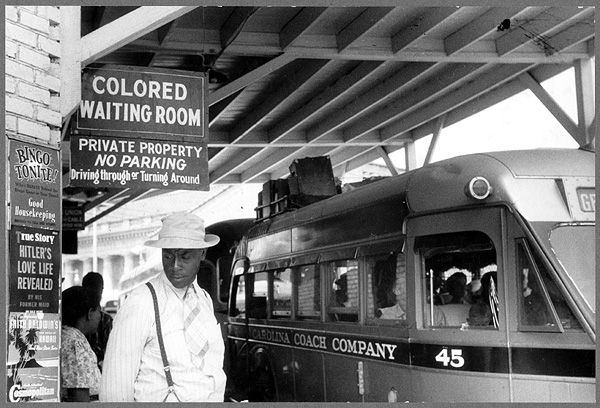Answer and Explanation

Segregation in Durham, North Carolina, 1940
"At the Bus Station" by Jack Delano
Image Source: Wikimedia Commons (public domain)
Question 1072:
The 1896 Plessy v. Ferguson decision of the Supreme Court
(A) outlawed Jim Crow laws
(B) established the separate but equal doctrine
(C) ruled anti-lynching laws unconstitutional
(D) was completely supported by the Brown v. Topeka Board of Education decision
(E) was a huge victory for supporters of equal opportunity for African-Americans
The 1896 Plessy v. Ferguson decision of the Supreme Court
(A) outlawed Jim Crow laws
(B) established the separate but equal doctrine
(C) ruled anti-lynching laws unconstitutional
(D) was completely supported by the Brown v. Topeka Board of Education decision
(E) was a huge victory for supporters of equal opportunity for African-Americans